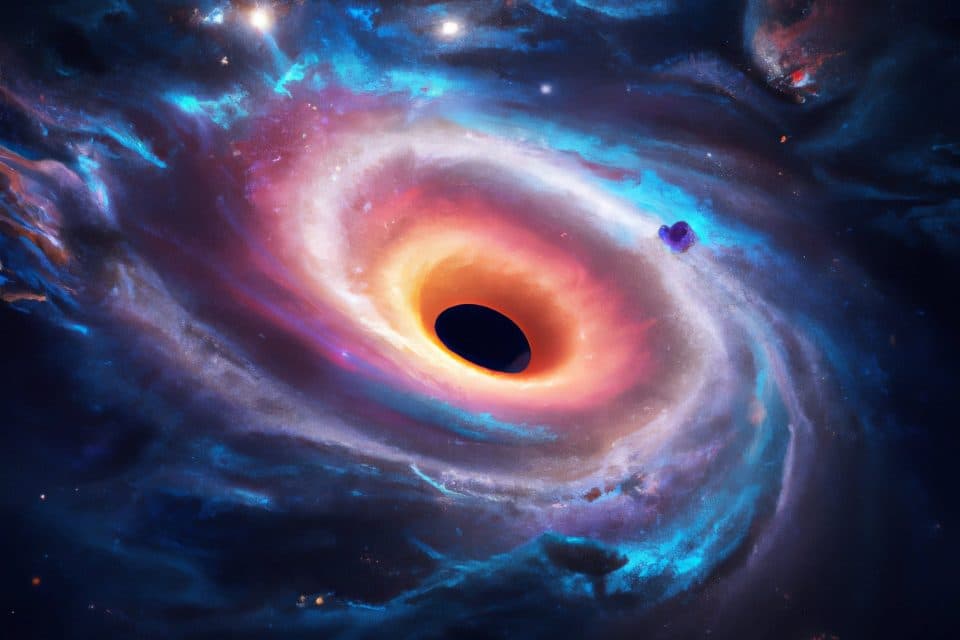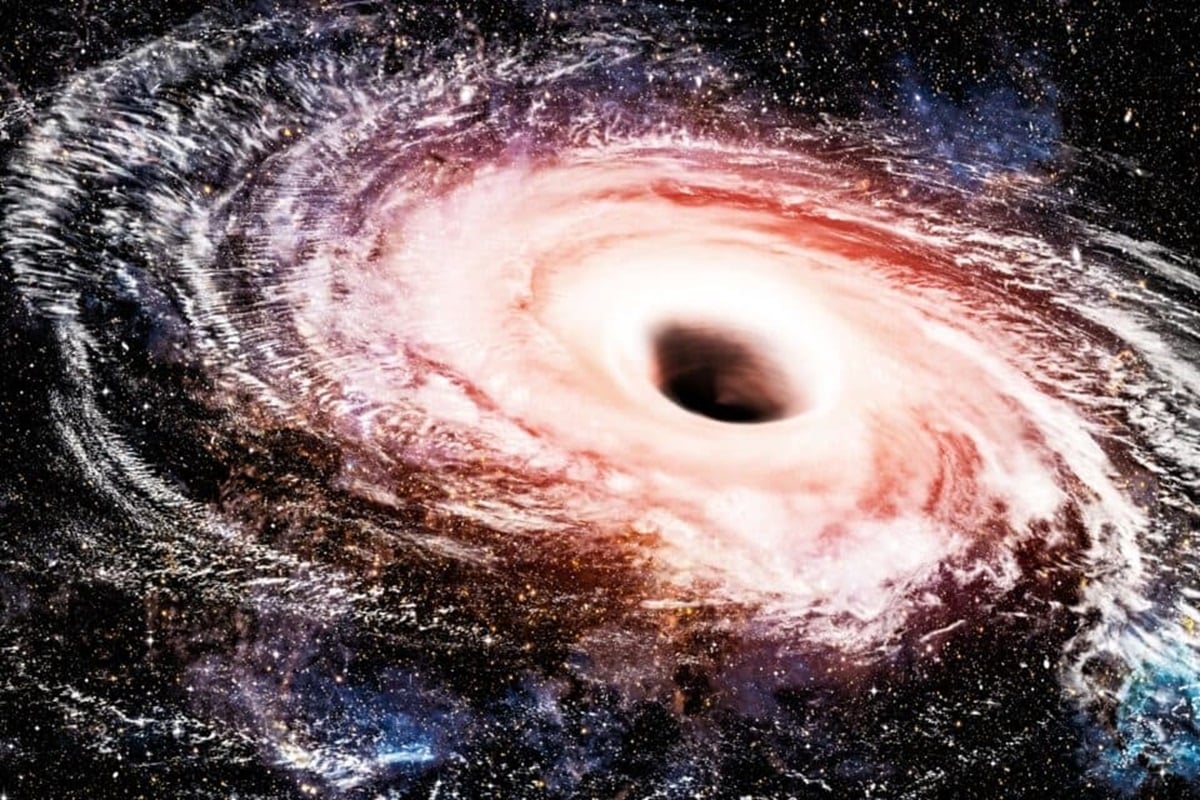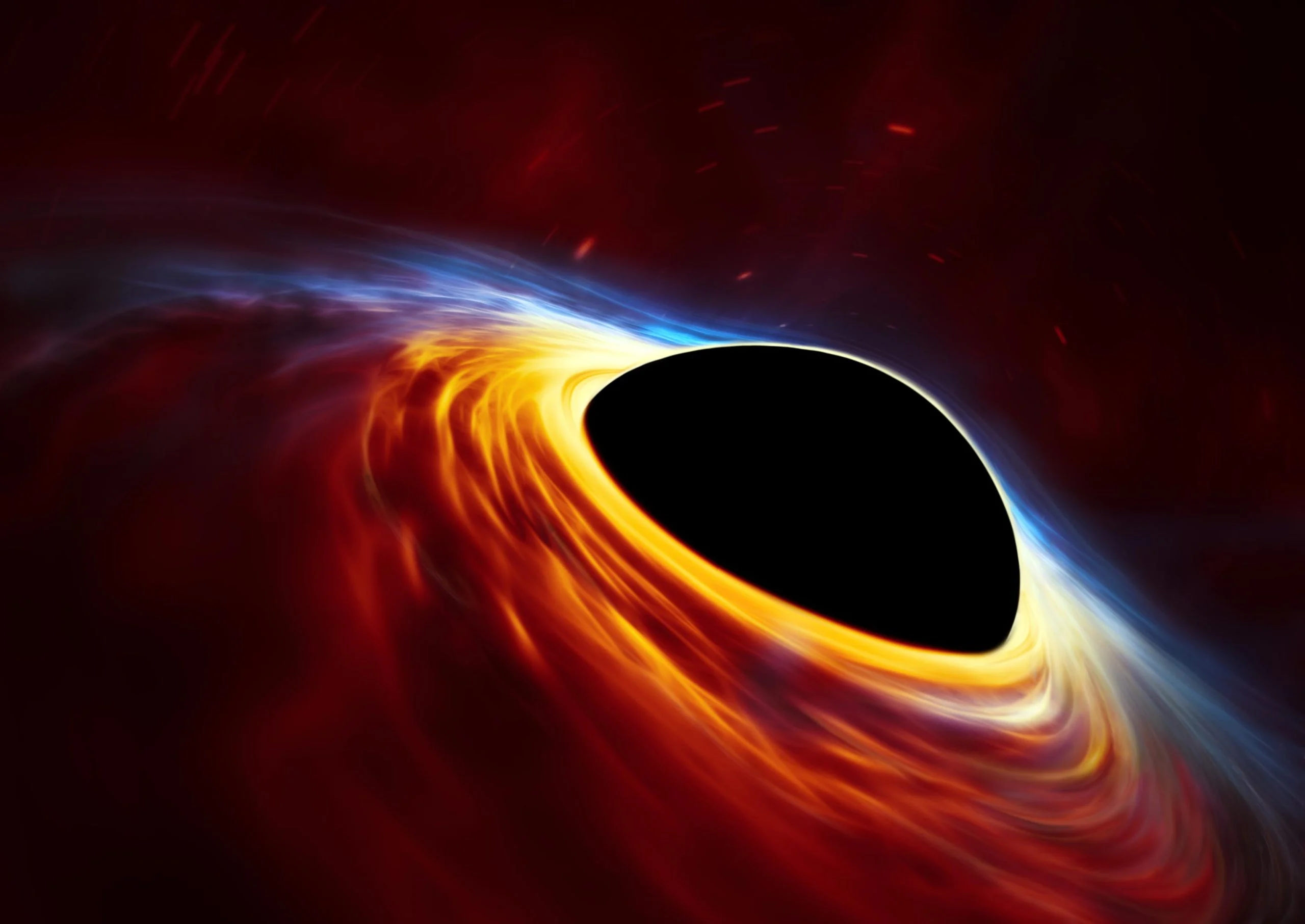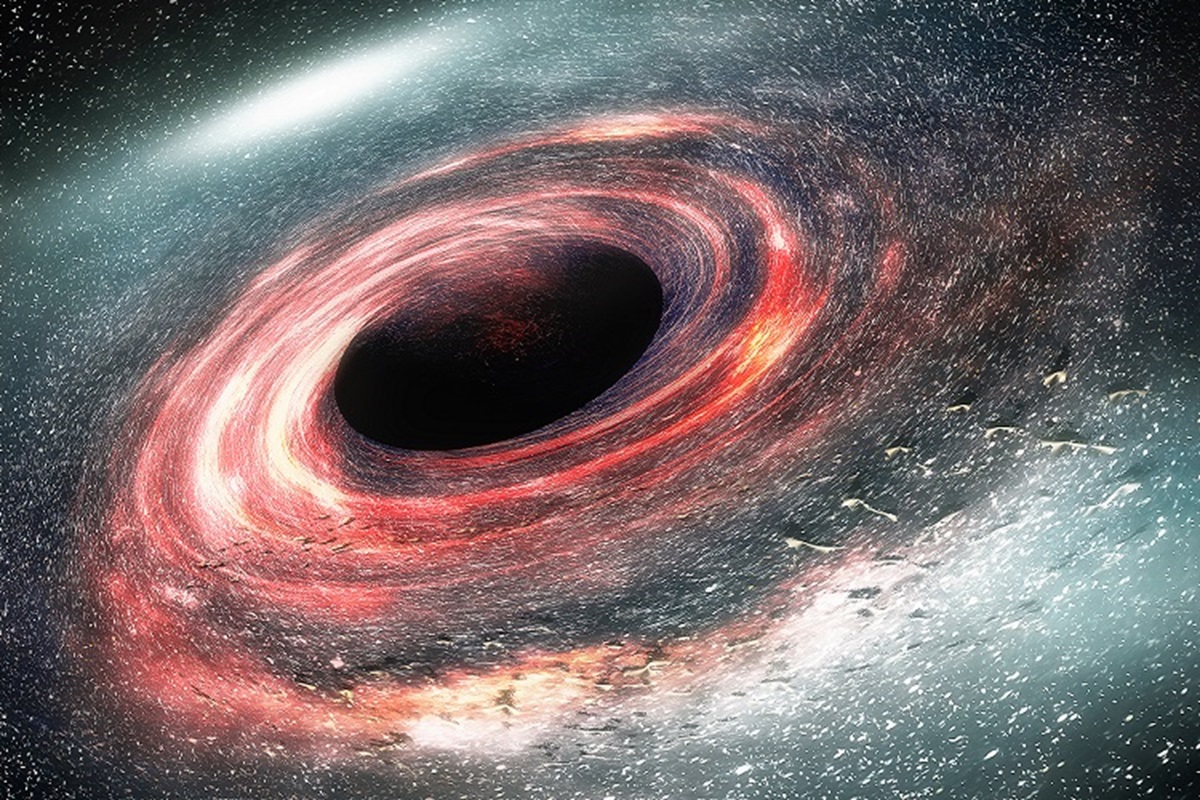Black holes and galaxies have a profound connection that astronomers have extensively studied. The relationship between these two cosmic entities is crucial for understanding the evolution and formation of galaxies. This article delves into the intricacies of this connection, exploring how black holes influence their host galaxies and vice versa.

Black Holes and Galaxies: A Complex Relationship
Most galaxies are believed to have a supermassive black hole at their center. These black holes are massive, with some weighing billions of times the mass of the sun. The intense gravity of these black holes affects the surrounding environment, causing stars and gas to orbit around them in specific ways. The study of these black holes has revealed that they are not isolated objects but are deeply connected to their host galaxies.
Quasars and Galaxy Formation
Quasars are supermassive black holes encircled by disks of matter being drawn in by a massive gravitational pull. These quasars are incredibly luminous and emit radiation across a wide range of electromagnetic wavelengths. The intense light from quasars allows them to be seen from billions of light years away, making them valuable for studying the early universe.
Accelerating Winds from Black Holes
Recent research has focused on the accelerating winds from black hole accretion disks. These winds are significant because they can impact the host galaxy’s evolution. The study of quasar winds has provided solid evidence of the increasing velocity of these winds, which can either compress gas to hasten star formation or remove gas and prevent star formation.
Feedback Mechanisms
The winds from black holes are an important mechanism in the feedback processes that shape the evolution of galaxies and the growth of black holes themselves. These feedback mechanisms regulate star formation and redistribute matter and energy within the galaxy. The study of these mechanisms is crucial for understanding the complex relationship between black holes and galaxies.
The relationship between black holes and galaxies is complex and multifaceted. Black holes reside at the centers of most galaxies and have a profound impact on their surroundings. The study of quasars and their galaxies has provided new insights into galaxy formation and the dynamic relationship between black holes and their host galaxies. Further research into these mechanisms will continue to shed light on the intricate dance between black holes and galaxies.


